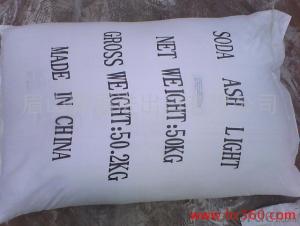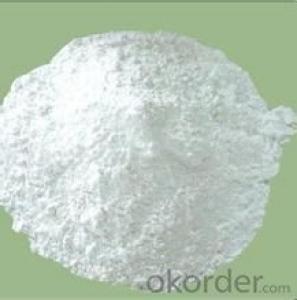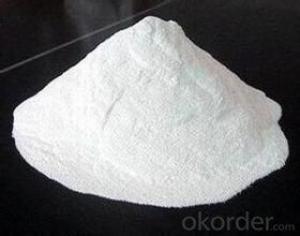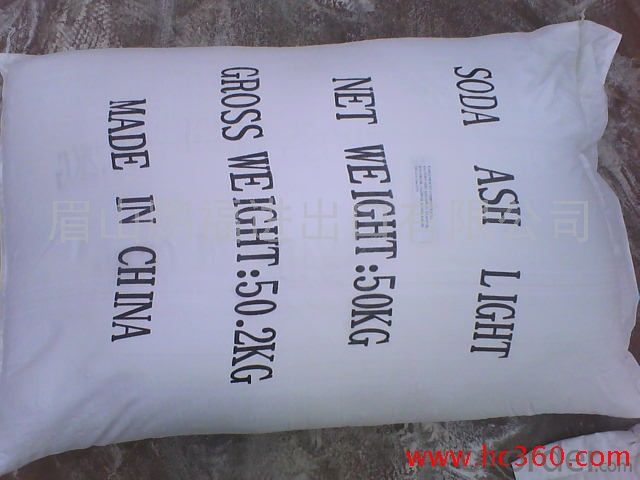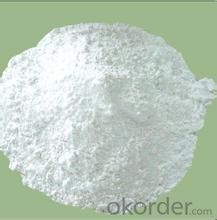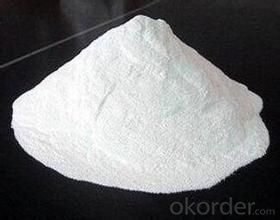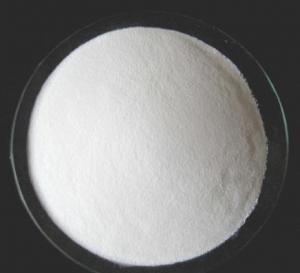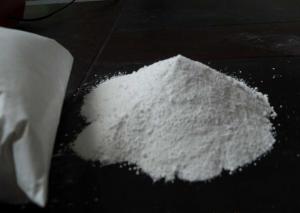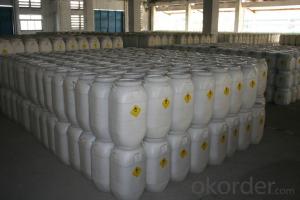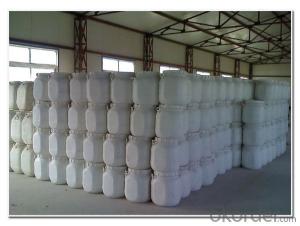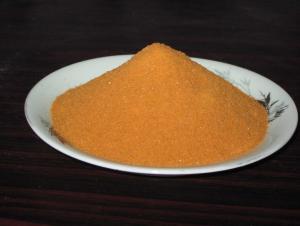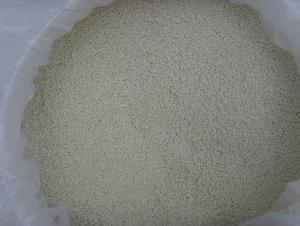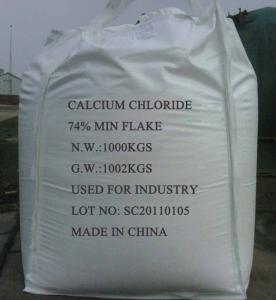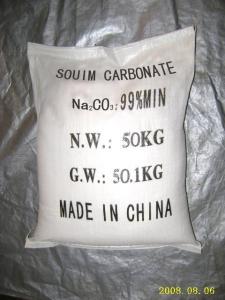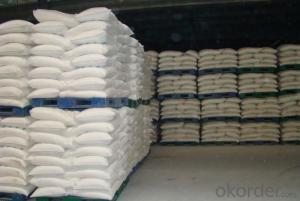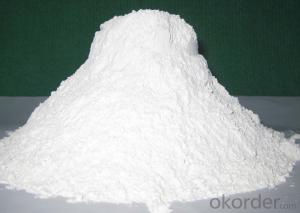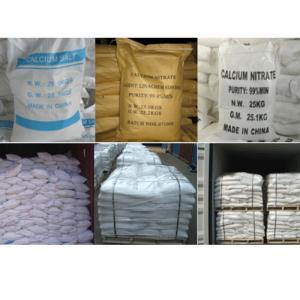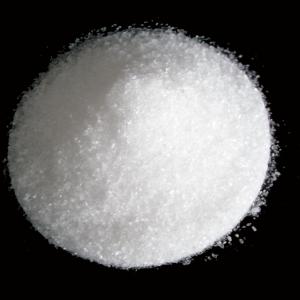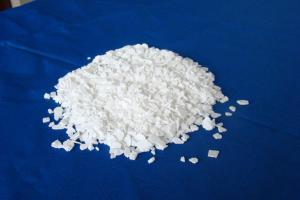Soda Ash with BV Tested Quality with the Very Cheap Price
- Loading Port:
- China main port
- Payment Terms:
- TT or LC
- Min Order Qty:
- 21 m.t.
- Supply Capability:
- 3000 m.t./month
OKorder Service Pledge
OKorder Financial Service
You Might Also Like
1.Structure of Soda Ash Description:
Chemical name: sodium carbonate
Molecular Formula: Na2CO3
Appearance: white crystalline powder
Properties: soluble in water, alkaline aqueous solution significantly, and release heat, easy to deliquescence; react with the acid salt generated.
Uses: soda is the most important one of chemical raw materials widely used in chemical, glass, metallurgy, paper making, printing and dyeing, synthetic detergent, petrochemical, food, medicine and health industry, the amount of large, important in the national economy status.
Packaging & Shipping
packaging is only 50kg bag,jumbo bag....
Shipping: can load 25mt /20FCL
2.Main Features of Soda Ash:
1)High Quality
2)High Purity
3)Lower Price
4)Well Package
5)Supply by the biggest factory in China
6)Stable producing ability
7)Fast Shipment
3.Soda Ash Images
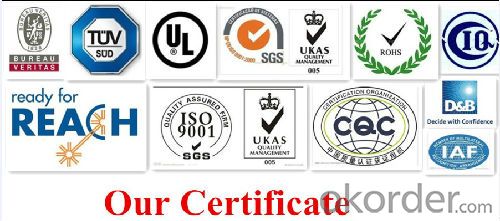



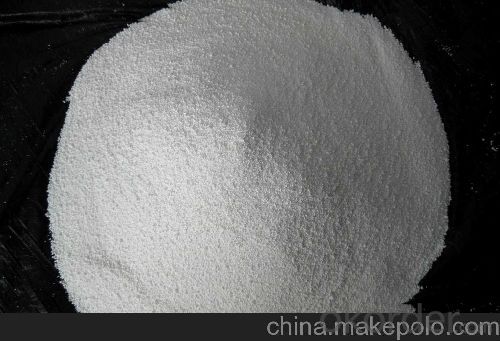
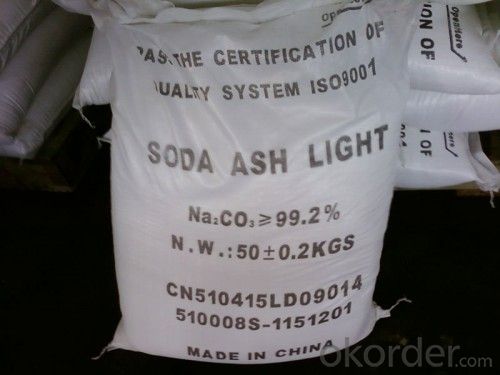
4.Soda Ash Specification
EXAMING ITEM | NUMBER | |
STANDARD | MEASURED | |
TOTAL ALKALI (BE ACCOUNTED WITH THE Na2CO3 ) %≥ | 98.80 | 99.30 |
CHLORIDE (BE ACCOUNTED WITH THE NaCl)%≤ | 0.90 | 0.53 |
IRON (BE ACCOUNTED WITH THE Fe)%≤ | 0.0060 | 0.003 |
WATER INSOLUBLE ≤ | 0.100 | 0.029 |
BULK DENSITY g/ml ≥ | 0.90 | 1.04 |
GRANULES, RESIDUE ON SIEVE(180μm) %≥ | 65.00 | 69 |
OUTLOOKING | WHITE SMALL GRAIN | WHITE SMALL GRAIN |
5.FAQ
1)How many tons does your factory can supply each moth?
30000tons/month
2)How to quarantee the quality of the products?
you can arrange SGS&BV or other quality inspection.
3)How many days you need to pepare the cargo after we made the order?
within 30 days.
- Q: TRUE OR FALSE: the addition of salts to water will always increase the surface tension of water. explain.?
- False. Although inorganic salts will increase surface tension of the water by increasing the attractive forces between water molecules on the surface, organic salts will typically (always?) decrease the surface tension.
- Q: The effect of inorganic salt medium and the difference with enrichment medium
- The enrichment of nutrients is based on the basis of nutrition based on some kind of nutrient-rich substances for the target cells, the purpose is to increase the number of target cells, so that the formation of growth advantages, so as to achieve the purpose of separation, such as we have to be separated Pseudomonas aeruginosa, this bacteria particularly like blood, so you can add blood in the medium, so that the formation of growth advantages of this bacteria.
- Q: are there any other foods than water and salt that have an abiotic origin (lifeless, inorganic)?
- Various minerals we need, like iron, zinc, magnesium, etc. That's it. These also are not technically foods, as the first poster said.
- Q: People do not eat salt tears with no inorganic salt
- Your body depends on sodium ions for a variety of regulation, including the transmission of nerve signals, etc., before you tears do not contain salt before you have a dog
- Q: What is the composition of inorganic salts?
- Most of the inorganic salts in the cell are present in the form of ions
- Q: Is all the inorganic salts in the body related to life activities?
- Sugar is the most important material for the human body, all the activities of the human body, including learning, walking, digestion and breathing, etc., which are the most important substances in the human body. Consumption of energy (about 70%) mainly from the carbohydrates, fat is the body of the energy material, the protein is the basic material of human cells, but also to provide energy, vitamins are neither the main raw material of the organization, nor the supply of energy Material, but it has an important role in the life activities of the human body; inorganic salts constitute an important raw material of human tissue, water is the main component of cells. Which protein, sugar, fat, vitamins can burn for organic matter, and water, inorganic salts can not burn as inorganic.
- Q: ATP components are not inorganic salts
- ATP components are not inorganic salts
- Q: RO reverse osmosis water machine can remove impurities in the water, that the body will not be due to lack of minerals and malnutrition?
- Modern people generally nutrient surplus, not because of the lack of minerals in the water and hurt, there is no such a report in medicine, Moreover, the world's drinking water into million, have been for decades, not because of water No minerals and malnutrition. The human body will not be due to trace minerals in the water and particularly strong, as long as the nutritional balance like the American Medical Journal (American Medical Journal) pointed out: the human body needs minerals from food, Not from drinking water.
- Q: Is the inorganic salt the same as the saline?
- Saline is sodium chloride solution, most people use the point is 0.9%.
- Q: as a example potesium,sodium,magnees,calcium
- The sodium-potassium pump is most important in controlling the working of neurotransmitters. Calcium ion is also generated in voltage gated Ca++ channel, and Magnesium is necessary for metabolic functions. But Sodium is one of the most important inorganic component in our body. Of course Potassium is also as important. But, if you have ever seen the back of all food products there is a special part showing amount of Sodium in it...even Snacks.. :)
Send your message to us
Soda Ash with BV Tested Quality with the Very Cheap Price
- Loading Port:
- China main port
- Payment Terms:
- TT or LC
- Min Order Qty:
- 21 m.t.
- Supply Capability:
- 3000 m.t./month
OKorder Service Pledge
OKorder Financial Service
Similar products
Hot products
Hot Searches
